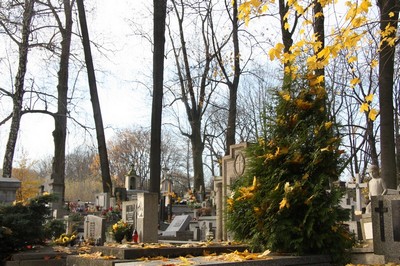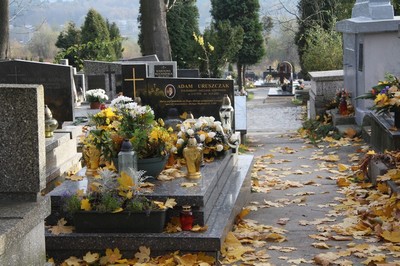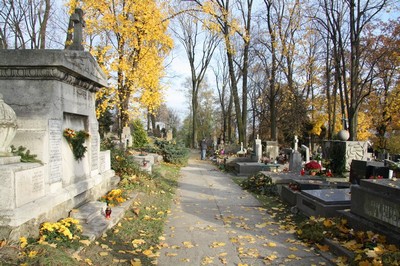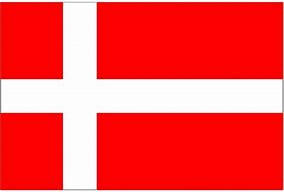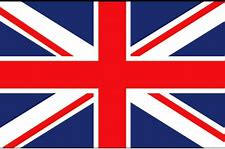 |
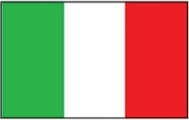 |
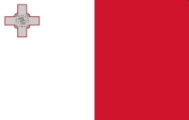 |
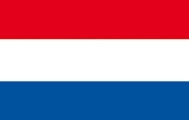 |
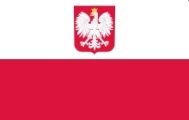 |
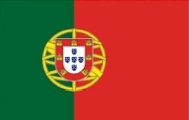 |
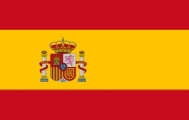 |
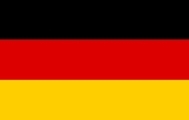 |
FR |
IT |
MT |
NL |
PL |
PT |
ES |
DE |
Cracow - Poland's cultural capital 2. part
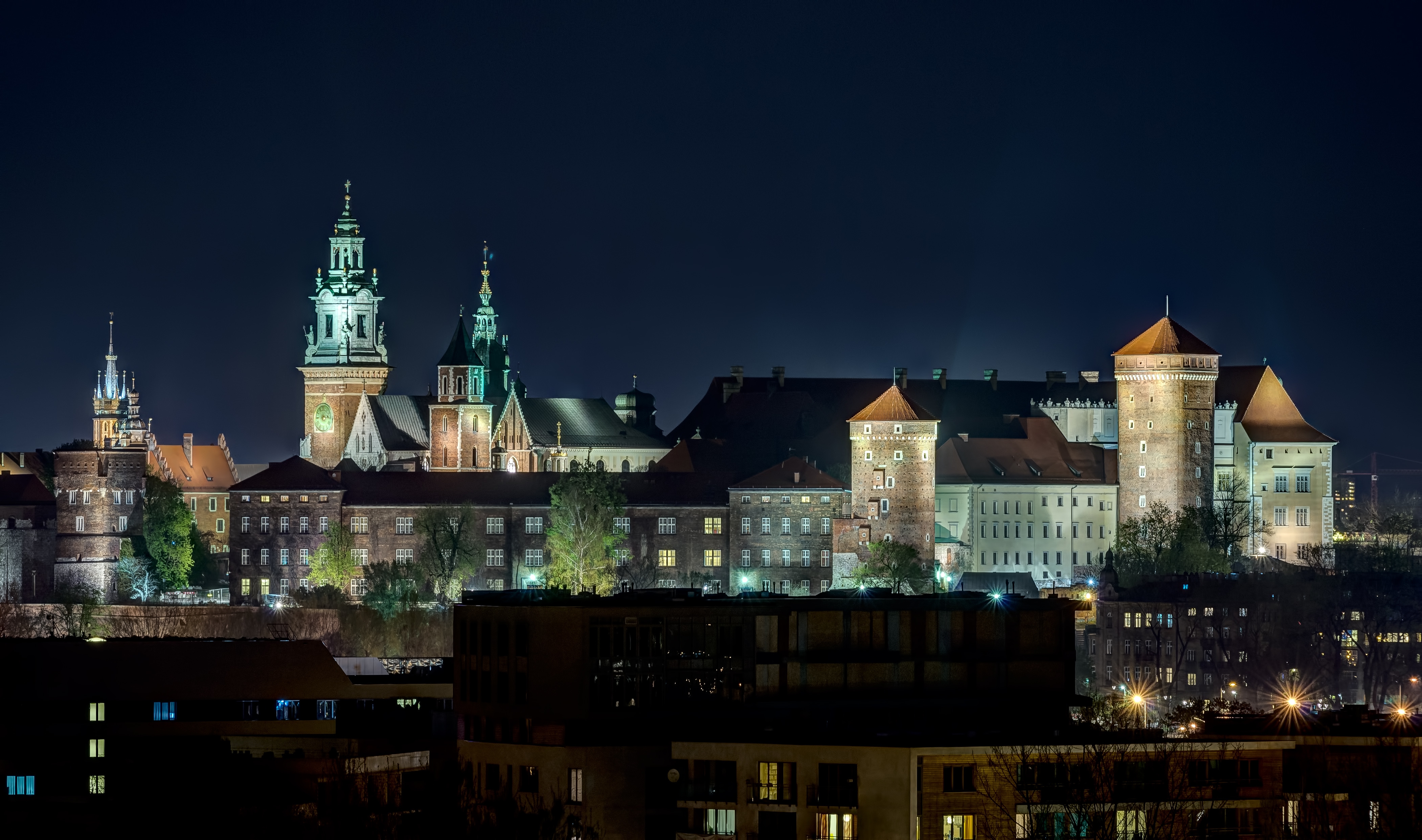
Wawel slottet - Foto: By Jar.ciurus - Own work, CC BY-SA 3.0 pl, https://commons.wikimedia.org/w/index.phpåcurid=35087989
Wawel Castle consists of many buildings of great
historical and national importance, including the Wawel Cathedral,
where Polish monarchs were crowned and buried. Some of Wawel's
oldest stone buildings can be traced back to 970 AD, in addition to
the earliest examples of Romanesque and Gothic architecture in
Poland1. The current castle was built in the 14th century and
expanded over the next hundreds of years. In 1978, Wawel was
declared the first World Heritage Site as part of the historic
center of Krak?.
For centuries the residence of the kings of Poland and the symbol of
Polish statehood, Wawel Castle is now one of the country's leading
art museums. Established in 1930, it comprises ten curatorial
departments responsible for collections of paintings, including an
important collection of Italian Renaissance paintings, prints,
sculpture, textiles, including the Sigismund II Augustus wallpaper
collection, goldsmithing, arms and armour, ceramics, Meissen
porcelain and period furniture. With seven specialized conservation
workshops, the museum is also an important center for the
conservation of works of art. With over 1.79 million visitors in
2022, Wawel Castle is the most visited art museum in the country and
the 22nd most visited art museum in the world.
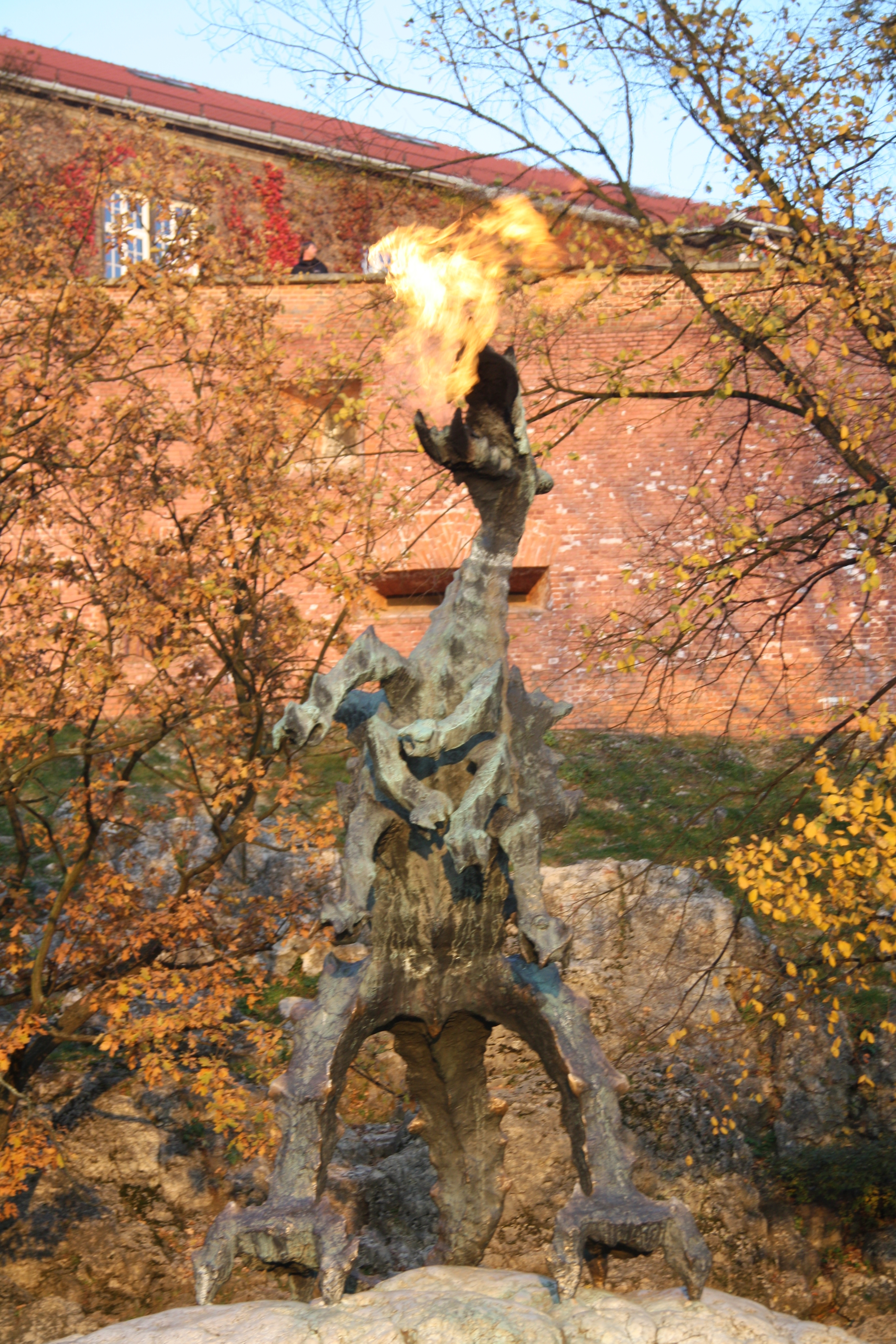
Wawel-dragen - November 2010
A statue of the "Wawel Dragon" is erected next to the Vistula
River. It was designed by Bronislaw Chromy and completed in 1969. In 1972 it was
decided to move it to its current location at the foot of Wawel Hill in front of
the Wawel Dragon's Cave. The statue is a 6 m tall standing dragon that spews
real fire using natural gas.
Wanted

|
It is surprising how often poor Polish Catholics are sacrificing their savings on large expensive tombs for their deceased loved ones..... |
|
....but Catholic cemeteries are often more interesting than, for example
Protestant ones. |
|
|
Salwatorski cemetery |
|
Salwatorski Cemetery - November 2010
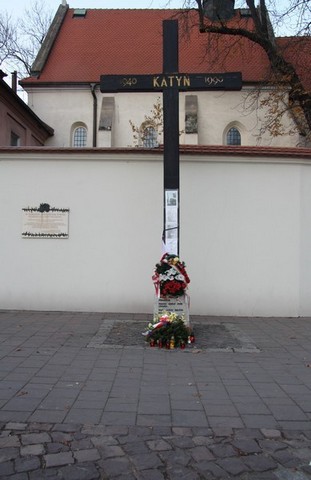
Katyn memorial - November 2010
The Katyn massacre was a mass execution of Polish officers and citizens ordered by the Soviet authorities in 1940 in a forest near Katyn, west of Smolensk in Russia in April 1940. The massacre was a carefully planned attempt to liquidate the Polish society's elite and thus impede the restoration of an independent Polish state after the Soviet Union and Germany had occupied Polen in 1939.
In 1943 found the Germans the mass graves near Katyn. There were approx. 4000 officers. The revelation led to a rift between the USSR and the Polish government in exile in London and stressed the relationship between the USSR and Poland after the war when it was taboo to mention the massacre in the two countries.
When the Soviet Union in 1943 denied the International Red Cross to conduct a study to clarify the responsibility for the crime, the Germans did it themselves. The Danish forensic Helge Tramsen was one of the 12 non-German doctors, which the Germans in April 1943 sent out to examine the corpses. They held the time of death to be spring 1940, when the Katyn area was occupied by Soviet troops.
At the Nuremberg Trials refused the Western Allied judges to accept the Soviet demand that Germany was convicted of the crime. Right up to 1990 the Soviet government claimed that it was the Germans who had carried out the mass assassination, but then it was officially acknowledged that Joseph Stalin bore the responsibility. In 1992 gave the Russian president Boris Yeltsin, his Polish counterpart Lech Walesa a copy of a classified document on which the massacre is mentioned, it was dated 5th March 1940 and signed by L. Berija. The document was countersigned by Stalin, Vyacheslav Molotov, Kliment Voroshilov and Anastas Mikoyan, and approved by Mikahil Kalinin and Lazar Kaganovitj.
In 1989-1990 was more similar graves uncovered elsewhere in Russia. Most of the other Polish officers were murdered in the village near the city of Tver Mednoje (6100) and in Piatikhatki in the city outskirts of Kharkov (4000). The remaining is spread in small groups all over Russia. In all, 25,700 Poles have been executed, but according to Soviet data, the final numbers were 21,857.
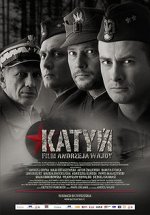
Andrzej Wajdas movie about the Katyn massacre
One of the victims was the Polish film director Andrzej Wajdas father Jakub Wajda, who was executed in the NKVD prison in Kharkov in the spring of the 1940th. His father's death led to the Wajdas Oscar-nominated film from 2007 about the massacres titled Katyn.
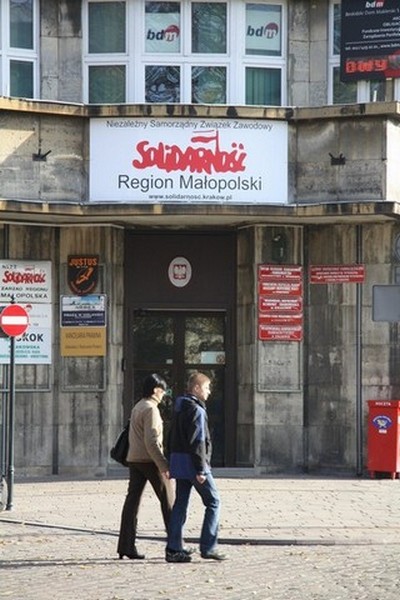
The polish trade union Solidarinosc
The Polish trade union
Solidarinosc, which was founded in the '80s and originally led by Lech
Walesa until he was elected as president, still plays a role in Poland, although
the situation is completely different now.
Click on the pictures to enlarge them.
Pictures from Cracow - November 2010
Other fine destinations
:Ni breve til geheimearkivar m.m. C. F Wegener:


